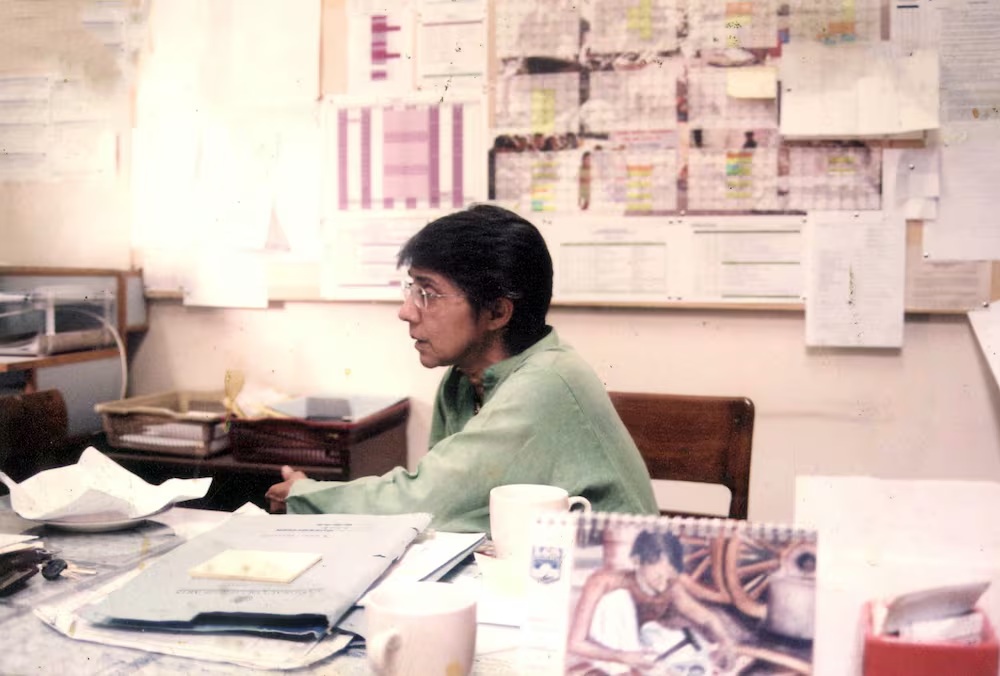Razmig Bedirian In 2015, during a visit to Lahore, curator Natasha Ginwala had the chance to meet the late Lala Rukh, even visiting her home. The experience, she says, was “life changing”. To see the home of one of Pakistan’s most influential artists was a rare privilege.
Sitting in Lala Rukh’s living room, Ginwala was a mere window away from the garden where the Women’s Action Forum and other feminist movements in Lahore met in secret during the 1980s, developing printmaking techniques and producing materials that were considered subversive to the prevailing censorship laws and military rule. Her visit was a cerebral brush with Pakistan’s modern history. What was even more invigorating, however, was the chance to hear from Lala Rukh herself about both her art and her activism – aspects of her work she often kept independent from one another.

Ginwala had visited Lala Rukh while preparing for Documenta 14, a 2017 contemporary art exhibition that took place in Germany and Greece. The curator hoped to touch upon not only Lala Rukh’s art but her efforts as an activist. Speaking to Lala Rukh was integral to knowing how to bridge the two elements of the artist’s output.
Ginwala had visited Lala Rukh’s home with a mutual friend, writer and activist Urvashi Butalia. It was perhaps Butalia’s presence that gave Lala Rukh a sense of comfort to openly discuss the disparate facets of her work. “She was a bit more free in talking both about her activism and her art .
















